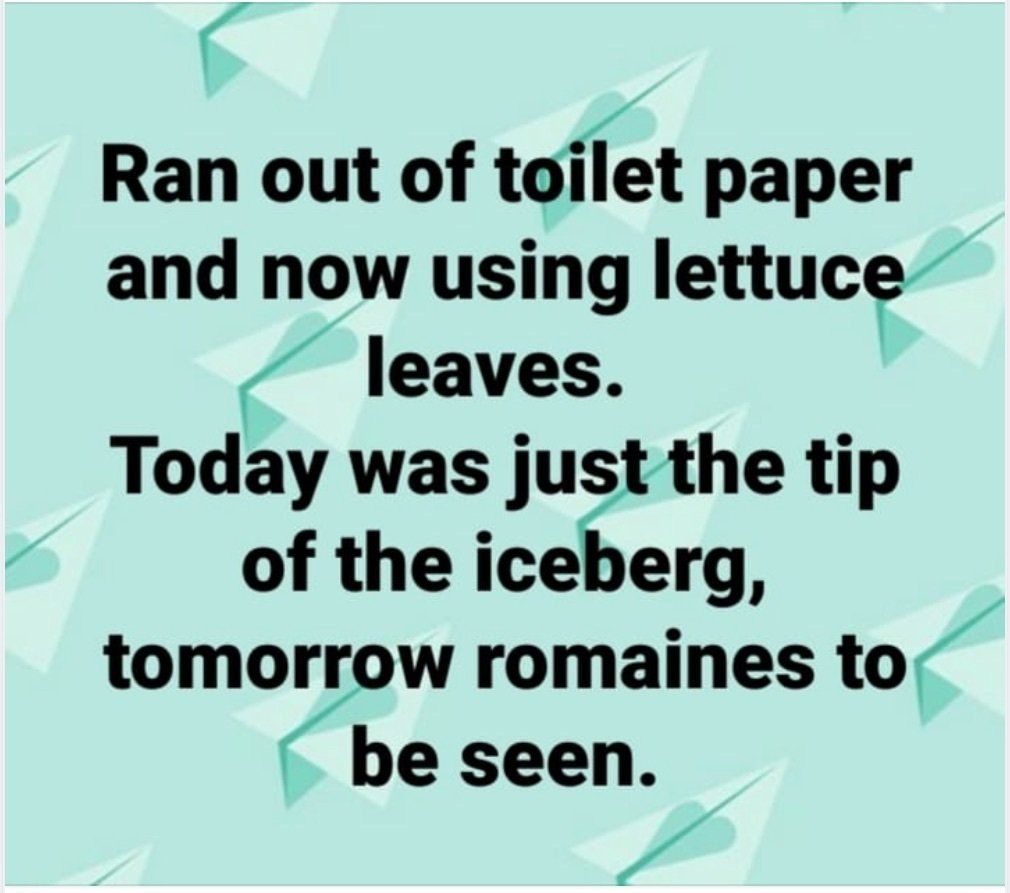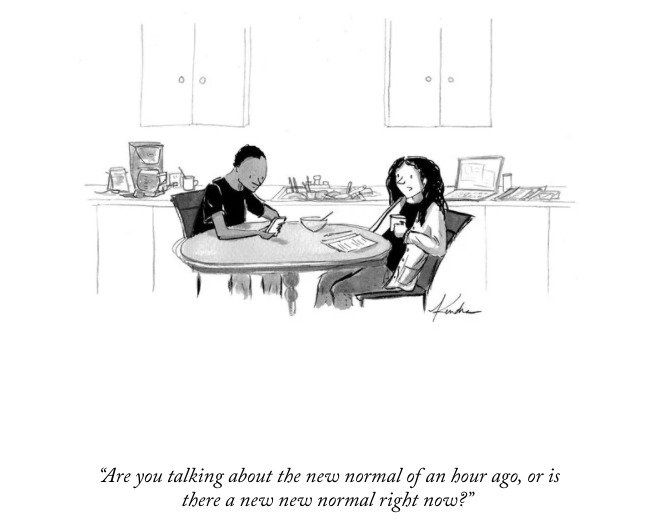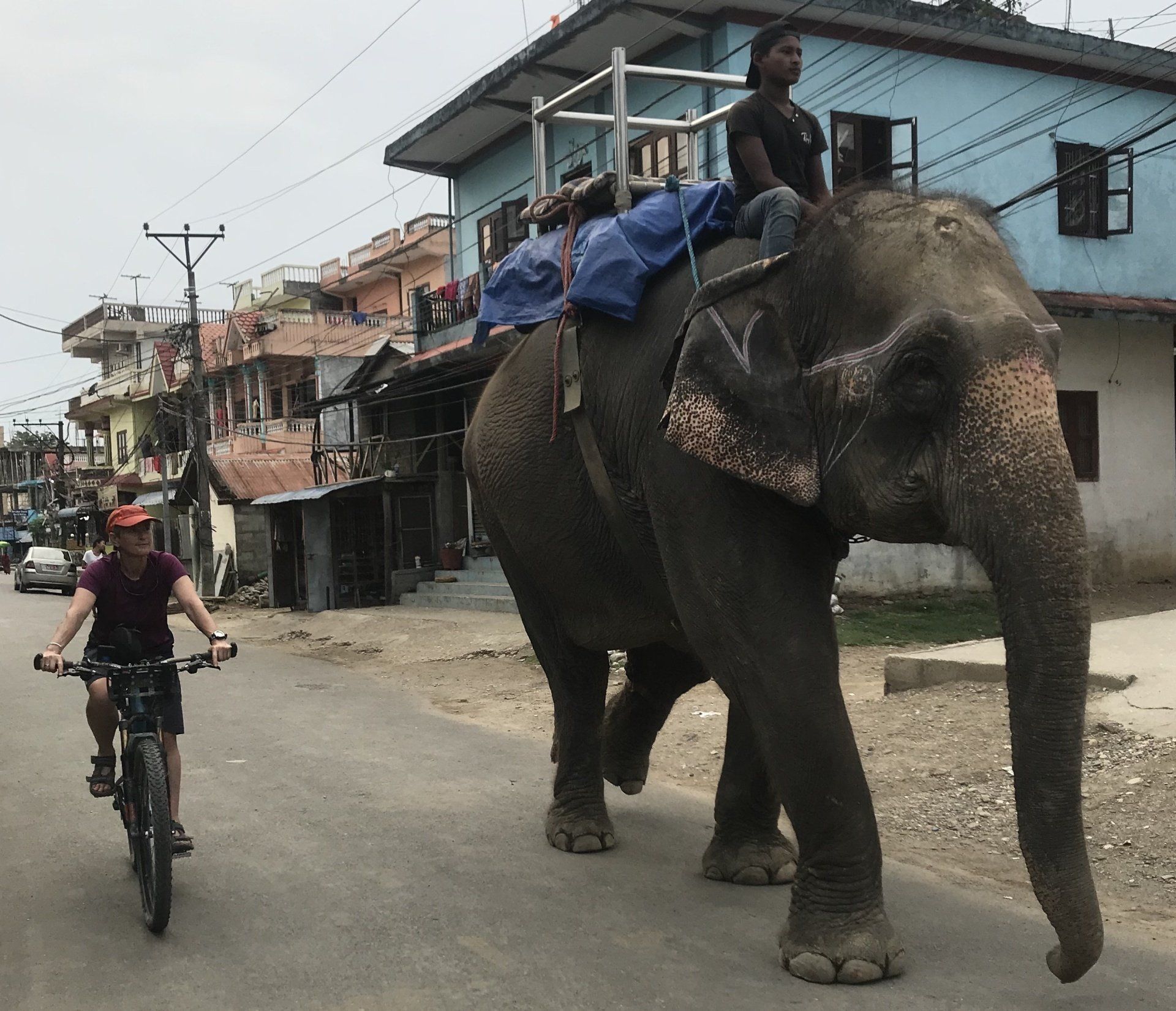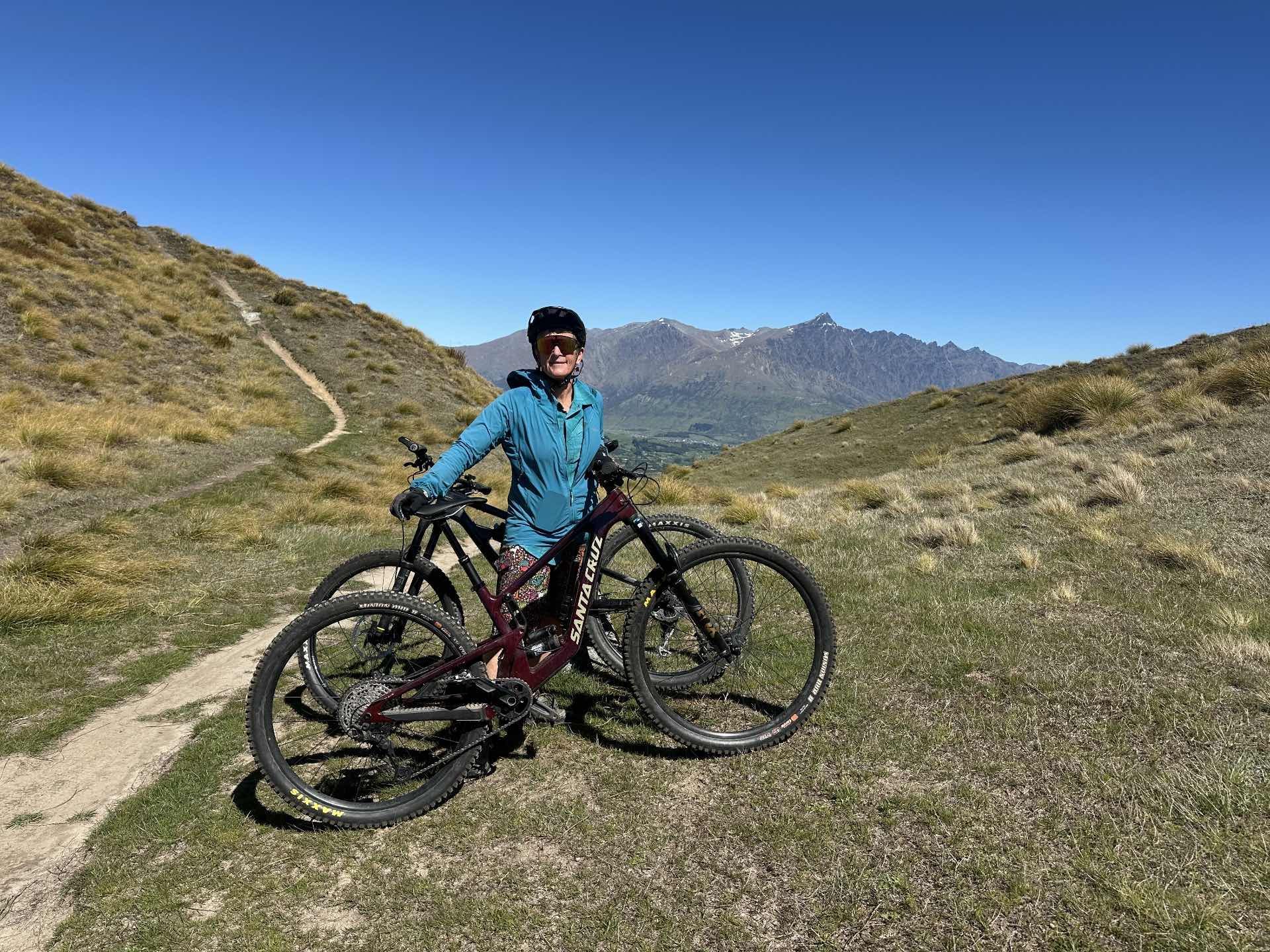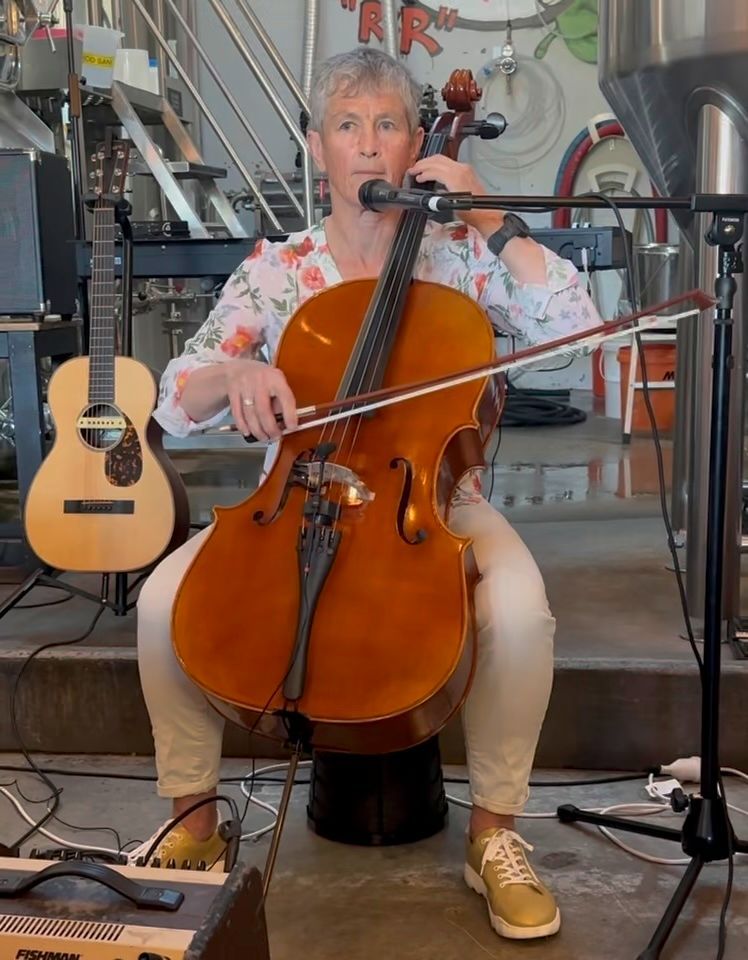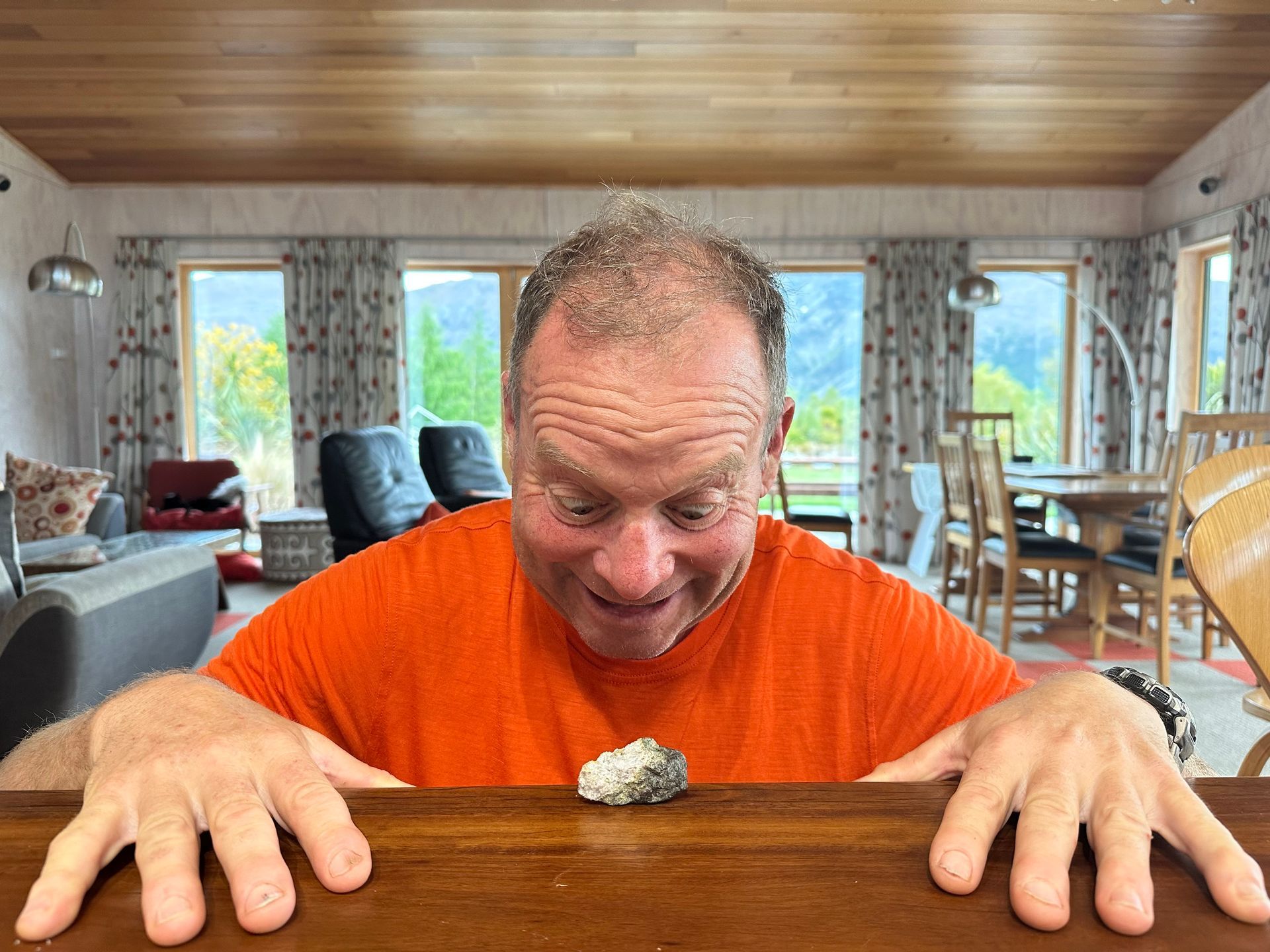Thorny issues

Rose hips dot the Central Otago hills, punctuated by rabbits. Both are surplus to requirements and very hard to control. How to manage them is a long term, difficult and costly problem that we have had relatively little traction on since we realised that, in our manipulation of our environment, we have made some significant mistakes.
COVID-19 is not unlike rabbits or rose hip, in that we created the problem that we now wish to solve. The COVID-19 pandemic counts as a ‘wicked problem’, one that is almost impossible to solve and no single solution is sufficient or all-encompassing (‘wicked’ in this case does not refer to people on broomsticks).
Major aspects of the pandemic’s ‘wickedness’ include the interlinked ethical dilemmas around when and why we might sacrifice some people to the virus in the interests of sustaining the economy , and how the economy might be revitalised to prevent further suffering in a post-pandemic world.
Sacrificing People
So, economically, does it make sense to allow people to die? At this point you might be wondering, didn’t she say yesterday that we should stick with our suppression strategy, why is she suggesting that we should calculate the ‘value’ of people in order to determine whether a lockdown, and consequent economic strife, is a good idea? For a start, I still say stick with this lockdown till we see the effects, because we have to commit to this experiment and watch everyone else’s. However, I am raising this matter because everything needs questioning, including all the suggestions and assumptions I make, on an ongoing basis. A good scientist doesn’t stop when they have got to one conclusion, they simply use that conclusion as a basis for their next hypothesis!
One answer provided to me was that, we need to save people so that we have an economy. At a basic level this is very true, if there are no inhabitants of a country there is no need to worry about its economy. However, COVID-19 will not kill all New Zealanders and, at the risk of getting expelled from your reading list, I have to note the substantial elephant in the room of COVID-19 killing those who are already costly to our health system. This is something I don’t see up front in many discussions but I believe it should be there, because elephants left in the corners have a habit of stampeding through the house when least wanted (unfortunately I have not been able to find a reference to cite on the habits of house-bound elephants to support my point). My general belief, however, is, that a good airing of corners tends to result in elephants departing to greener pastures – elephants clearly don’t belong in rooms.
For the purposes of calculating whether actions should be taken that have the potential to save human lives, a life is given a value. The Ministry of Transport values a life at $4.37 million , the Wellbeing Framework uses $4.7m. Obviously such a value is hotly debated and very hard to assess and justify. Are some people worth more than others? Does one’s value change through the life course – are you most valuable when the country has invested heavily in you and you are at your most productive, or are you most valuable when you are still a relatively blank slate with all your productive years ahead of you? However, most assessments I found seem to just use one value, which starts to seem like the elephants might be reproducing.
Using very basic numbers from Chinese and Italian findings , if 80% of the population was infected with COVID-19 and 1% of those infected died as a result, and we used $4.37m as the value of all those people, that would be around 40,000 people at a cost of about $175B. That’s approximately half NZ’s 2019 GDP. Yesterday’s newsroom article uses lower figures, coming up with 14-42% of GDP. What will the cost be if we save people’s lives through a lock down creating economic mayhem? Will it be less than half a year’s national earnings? I will leave it to the modelers to figure that one out, as calculating the theoretical losses in the range of COVID-19 scenarios is well beyond the scale of my figurative envelope.
Revitalising the Economy
At this point, we are already accepting that our economy is going down a hydroslide to nowheresville, along with the rest of the world’s economies, and that we are going to use suppression, and most likely ongoing mitigation, to save those expensive lives. The minds of the government, and others, are already turning to what we will do post-pandemic. Personally, I think it is a little early to be thinking about this in any concrete way because ‘post-pandemic’ looks like a state that is quite a long way off. I also vividly remember how, in the Canterbury earthquakes, plans were formulated for the post-earthquake time, and then we kept having another earthquake, not to mention that many things changed, and very rapidly. The world that we lived in and our forward visions after the first, September 2010, earthquake, were drastically different from those post the February 2011 earthquake that killed people, and again from post two more 2011 earthquakes that left everyone wondering when they might ever stop.
However, we have commentators like Rod Oram diving into the melee and making a long list of statements about what should happen to get the economy back on its feet. What disappoints me significantly about his pronouncements, is their degree of focus on GDP scale and growth. We already know that the world, in the big picture, is going to hell in a hand basket because we are continually focused on using more of the limited set of resources that the planet holds, while growing more people who want a share of them. GDP is a useful indicator of a country’s wellbeing when it is early in its development cycle, but quickly becomes a poor indicator, and is now driving unsustainable behaviours.
Our Government started down the path of recognising GDP’s limitations with the Living Standards Framework , around which the 2019 budget was based. But here we are, still getting our heads around how to survive the pandemic, and Rod Oram is telling us that we need to figure out how to get GDP back on its growth path again. One starts to envision the catastrophic meteorite and extinction of the dinosaur as a good metaphor for the preferred fate of such economic thoughts. However, when people are in crisis it is very hard to get them to think beyond what they currently know, and where they were at before everything went pear-shaped. I have no answers, only questions, as to how we might allow ourselves to envision any future that doesn’t try to replicate our recent past. Broad scale visioning of what a New Zealand economy might look like in a brave new post-pandemic world, would be a start. But who is going to do that, and when, at a time when many will be struggling simply to survive?
